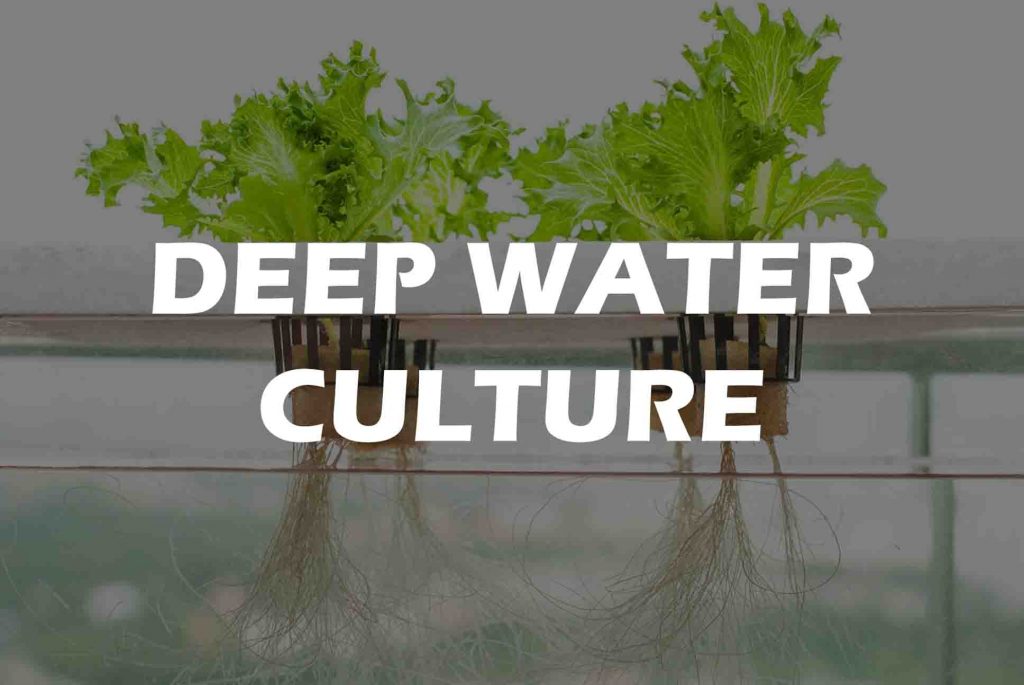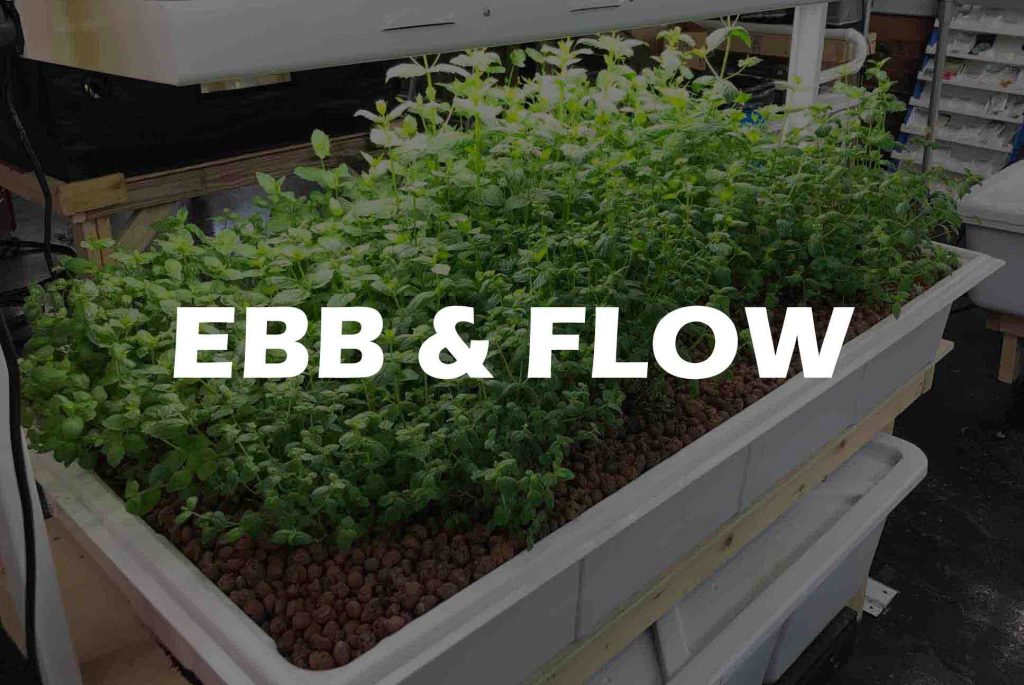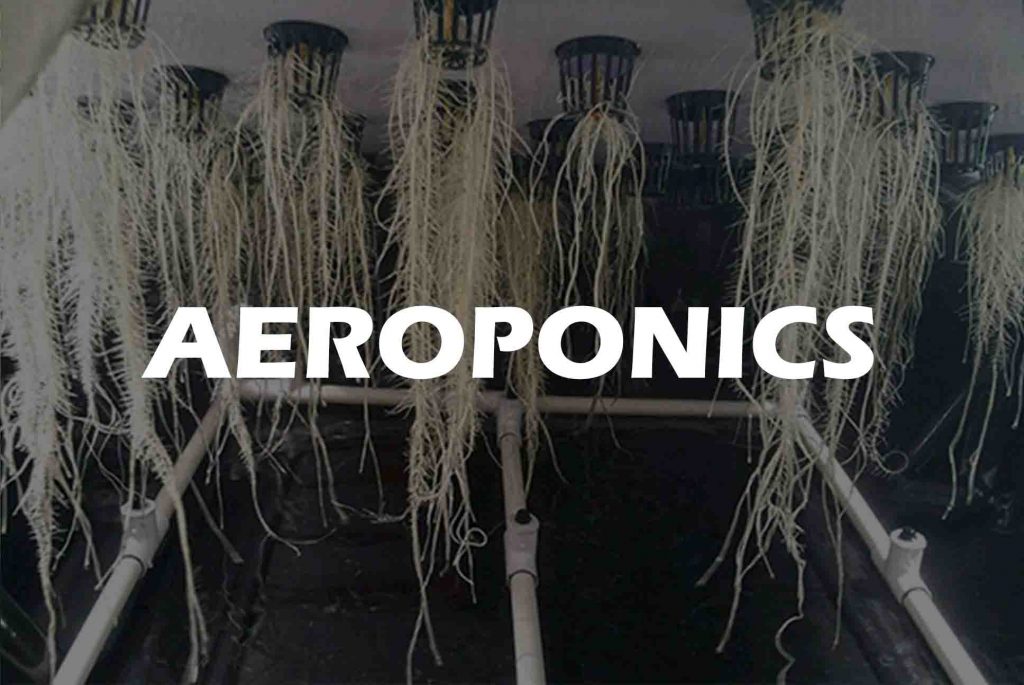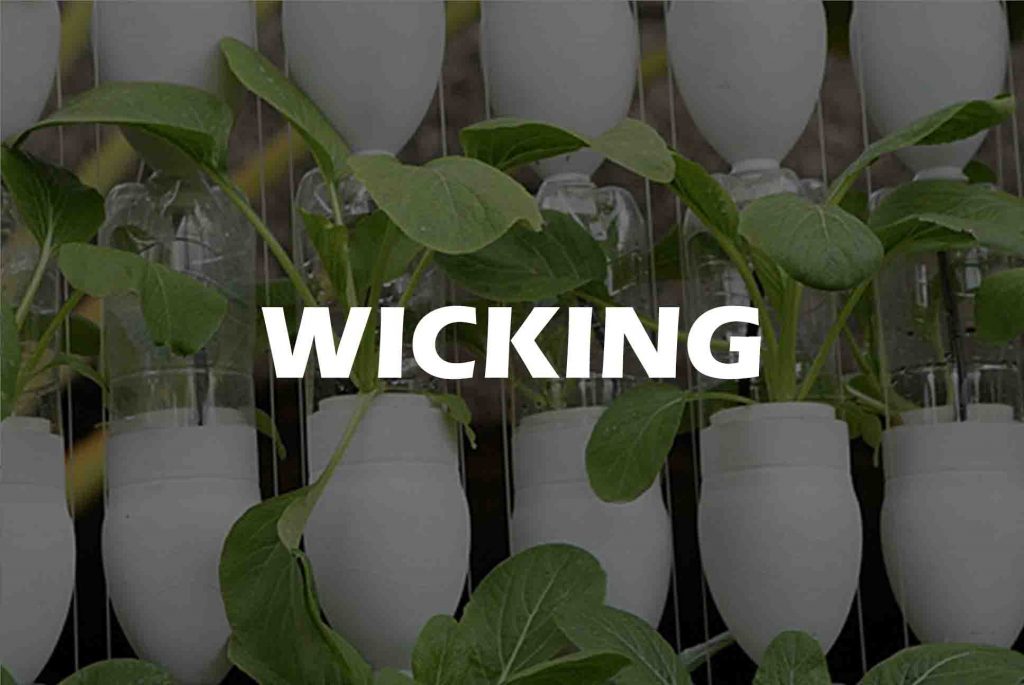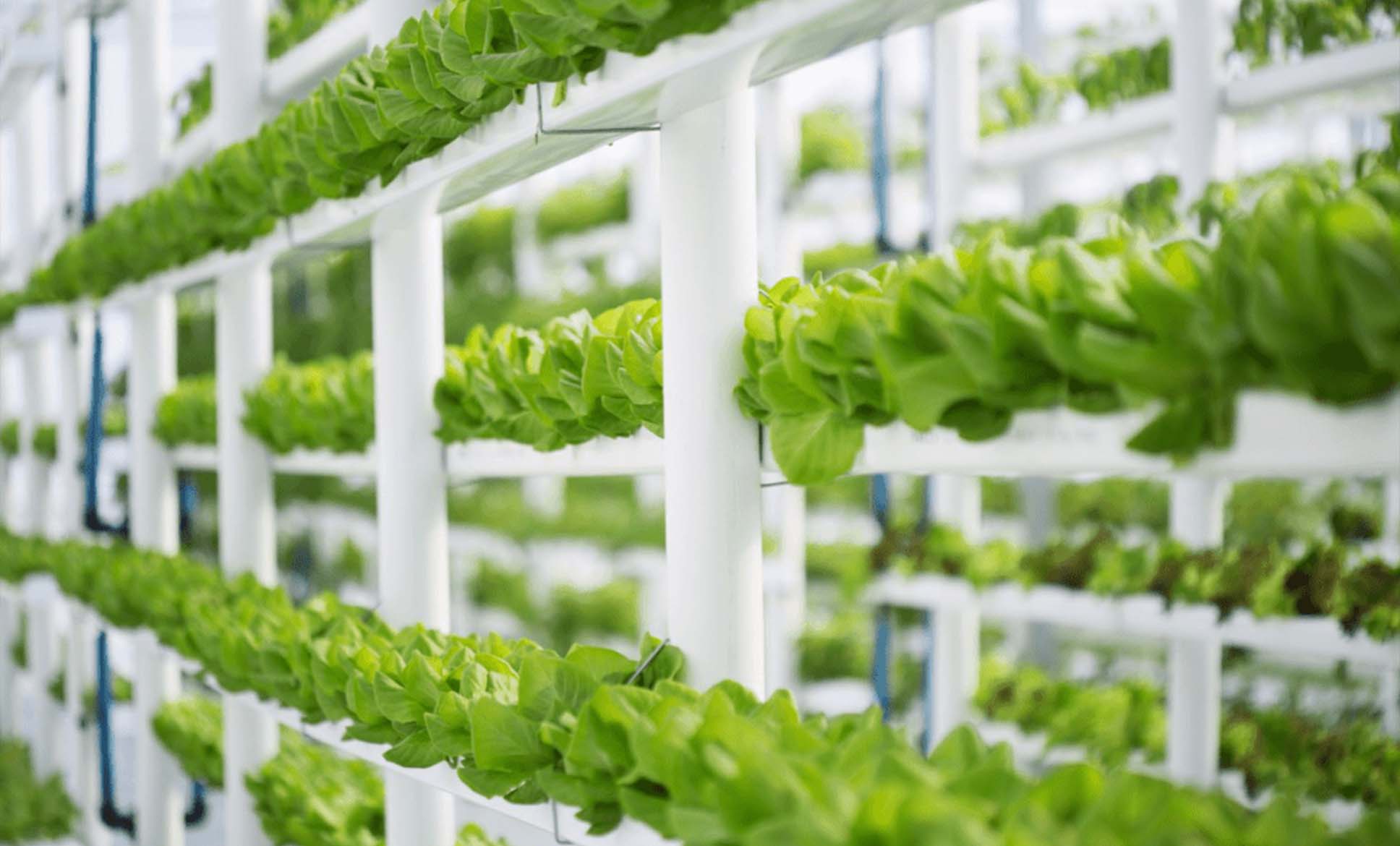
What is Hydroponics?
Hydroponics is the method of growing plants in a nutrient-rich water-based environment. It comes with many incredible benefits over traditional gardening:
Increased Rate of Growth
Matures up to 50% faster
Saves you time and money
Produce a 30% higher yield
Uses up to 80% less water
Better use of growing space
Fewer pests & diseases
Less use of insecticides
Stress-relieving hobby
Grow indoors year-round
Why Choose Hydroponics?
Growing hydroponic plants means you have total control over what kind of nutrients your plants get. You can minimize potential problems as a result.
Harvesting also comes much earlier because your plants do not need to use any energy on locating nutrients. They can focus on growing to their maximum potential. In actuality, grown under identical conditions, a hydroponic plant can grow up to 30-50% faster than a plant in soil.
The main difference is that you must supply nourishment to your plant. Nutrients that you can buy are just like what soil provides for your plants.
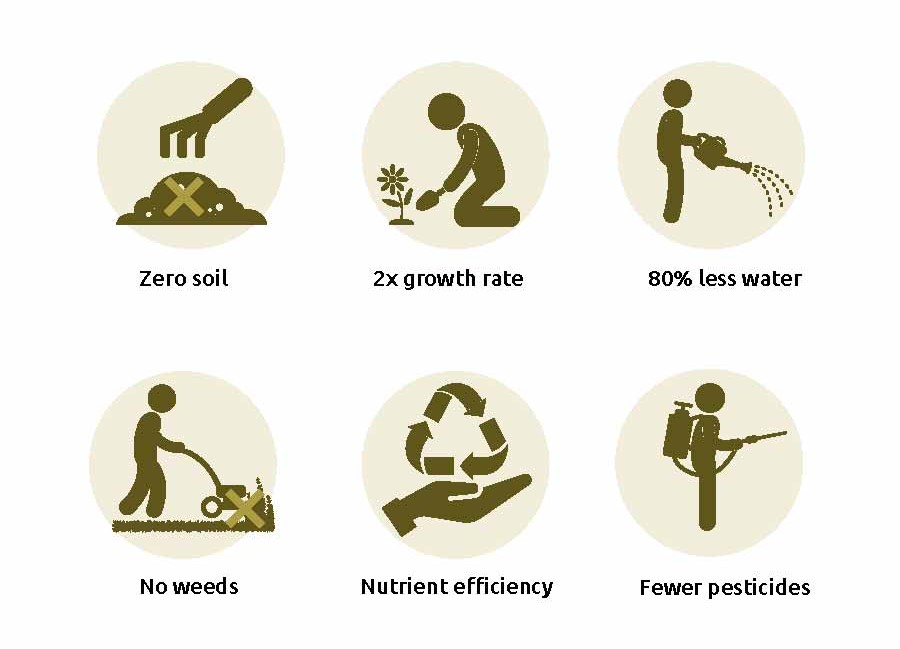
What Are The Benefits of Hydroponics?
The most recognized benefit of hydroponics is that foods grown in indoor hydroponic systems aren’t subject to growing seasons. In actuality, food grown this way can not only be generated year-round in much less time, but it can also double the manufacturing yield of soil-based farms since the growth cycle is continually restarting.
Yield isn’t only higher, but a lot of farmers assert that the quality of hydroponically grown produce is a lot higher.
Hydroponics saves a lot of space compared to soil gardening. Because of this, it’s an excellent way for any urban dweller to get started growing their favorite crops. No need to waste time pulling weeds and dealing with pests that are soil-borne.
You control the environment for your plants’ growth — temperature, lights, moisture, and nutrients. Plants are in placed in perfect conditions while nutrients are provided at sufficient quantities and directly contact the root systems.
What Are The Downsides of Hydroponics?
Although hydroponic farming benefits greatly outweigh those of conventional farming methods, the downsides have retained hydroponic farming from being executed on a larger scale. The biggest drawback of hydroponics is the initial cost to setup a system. But once you get started, the pay-off is unequivocal and you will never go back.
Obtaining The Right pH
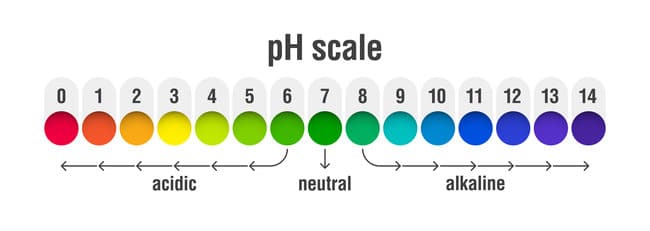
In hydroponics, maintaining just the right growing conditions for plants is the name of the game. But even if you achieve the ideal plant spacing, lighting, temperature, humidity, air movement, and nutrient balance, your plants will still suffer if you don’t provide the right nutrient solution pH level. To provide the optimal pH for hydroponics, you should know about some basic chemistry, which can be a bit intimidating if you haven’t kept up with your high school science.
But not to worry; this article will explain what pH is, why pH is important and what’s the best pH for hydroponics.
As a general rule, the best pH for hydroponics is a slightly acidic range of 5.5–6.5 depending on your growing medium.
